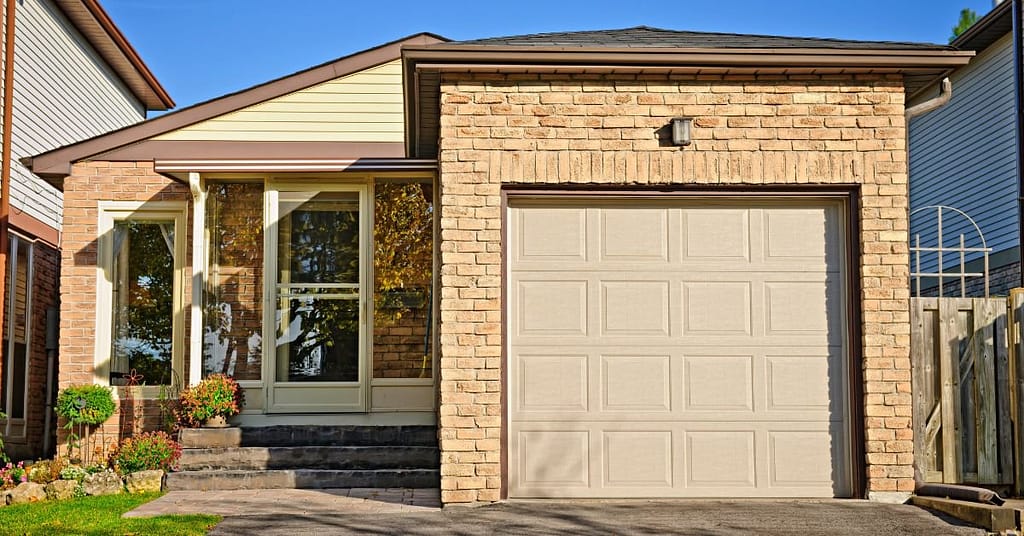Thinking of installing a new heating, ventilation, and air conditioning system? Before you do, make sure the system you pick up can deliver the right amount of heating and cooling. Mini splits are particularly great for controlling your home’s temperature levels. But if you don’t select the correct system, you may lack comfort, energy efficiency, and savings. While your installer will assess your home’s needs and determine the best system for the job, it’s a good idea to understand what’s involved in that process. Here are a few tips for picking the right capacity for ductless mini splits to make it easier for everyone involved.
Ensure Btu Calculations Are Right
Ever heard of British thermal units? They’re vital when measuring a heating and cooling system’s capacity. The bigger the Btu number, the better the unit will be at delivering conditioned air. With ductless mini splits, it’s especially important to ensure your Btu calculations are correct. A small unit will struggle to cool down a vast space, leading to higher electricity bills and a shorter life for the unit. On the other hand, a large unit for a smaller space will turn on and off far too often to adjust the heat or cold. Over time, this will wear it out and limit its lifespan. Make sure the unit’s Btus are best wherever the unit ends up.
Do a Load Calculation
Here’s another potentially new term for you: load calculation. Load calculation determines the heat gain and loss for a room. This also helps in choosing the best-sized unit. Do a load calculation for whatever room you plan to cool or heat. Jot down the square footage and the ceiling height. Take into account the insulation’s quality and how many windows and doors are present. Again, your HVAC professional will conduct these measurements with greater accuracy. Afterward, selecting the right size system will be easier.
Consider the Climate and the Room’s Use
You probably won’t need a professional’s opinion on this! Your region’s climate affects the necessary mini split capacity as well. Colder climates demand higher BTU ratings to keep things cozy indoors, for example. A room’s purpose can also have a say. If there are more appliances in a room, the heat will subsequently increase, putting greater stress on the mini split and requiring a higher capacity for BTUs. Generally, hotter rooms—think home gyms, indoor gardens, sunrooms, and the like—will also demand more from your unit.
Think About Multiple or Single Zones
One of the big benefits of ductless mini splits compared to ducted HVAC systems is that you can concentrate the warm or cool air in a single room or across several zones. That can save money and help the device run more smoothly. Even so, pick the right mini split (or mini splits) for the zone or room. Pick a size that meets the area’s needs, and calculate the collective capacity for all the individual zones to ensure even and efficient coverage.
Those are just a few tips for picking the right capacity for ductless mini splits. If you have further questions about mini split ductless systems, contact us for a consultation today!

